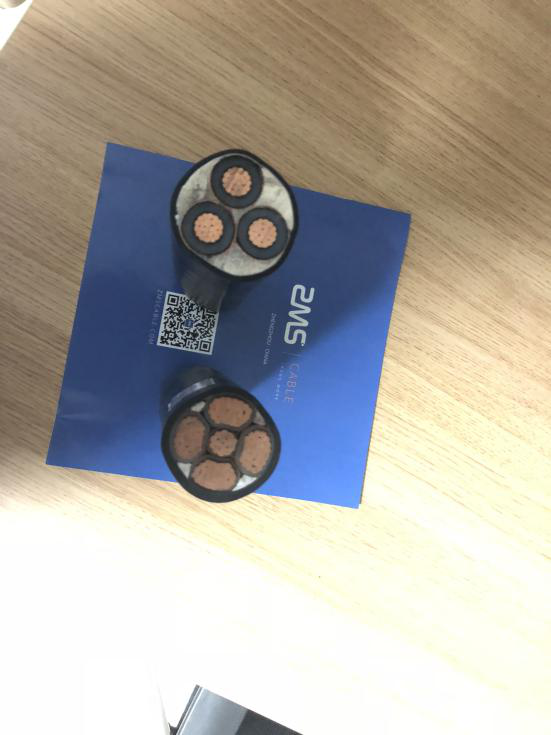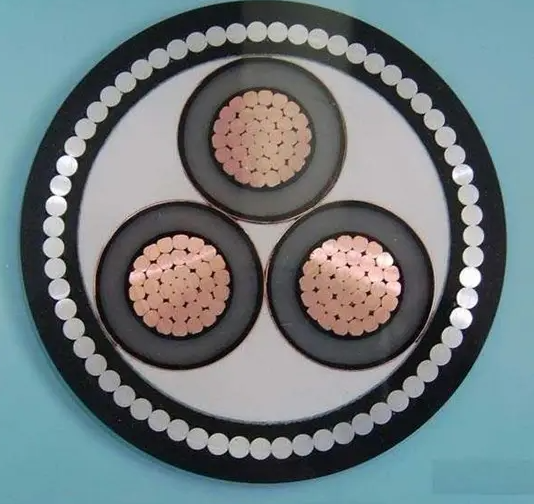
Wire and cable are materials used for electrical, electrical, and related transmission purposes. There are no strict boundaries between "wires" and "cables." A product having a small number of cores, a small product diameter, and a simple structure is generally referred to as a wire, and a non-insulated product is called a bare wire, and the other is called a cable. So, in this way, wire and cable is very easy to heat and overload.
Ensure the construction quality, especially the quality of the cable head must be strictly in accordance with the requirements.
Conduct cable testing regularly and deal with it immediately if there is a problem.
Install the fire alarm device to immediately find the fire and avoid the cable from catching fire.
The cable trench should be kept dry to prevent the cable from being damp, causing the insulation to drop and causing a short circuit.
Enhance cable operation monitoring to avoid overloading the cable.
Accidentally clean the dust accumulated on the cable to prevent the cable from igniting due to spontaneous combustion of the accumulated dust.
Enhance the periodic calibration maintenance of the cable circuit switch and protection to ensure its reliable operation.
Keep a sufficient distance from the heat pipe when laying the cable, the control cable is ≥0.5 m; the power cable is ≥1 m.The control cable and the power cable should be slotted, layered and separated, and it is not possible to overlap the layers.For parts that do not conform to the demarcation, the cable shall be flame retardant and heat-insulated.
Equipped with the necessary fire fighting equipment and facilities. Overhead cables can be fired with common fire-fighting equipment, but automatic or remote-controlled fire-extinguishing devices such as 1301 fire-fighting devices and water-spray fire-fighting devices should be installed in cable sandwiches, shafts, trenches and tunnels.
Take fire retardant measures.

Apply fireproof coating to the surface of the cable.
Wrap the part of the cable that needs to be flammable with a fire-resistant belt.
The holes through the wall, the bottom of the plate and the shaft are tightly sealed with refractory materials to prevent the fire surface from spreading when the cable is ignited.
A heat-resistant fire-proof panel is arranged between the cable layers, and the partition wall and the fire door prevent the smoldering between the cable layers and expand the fire.
Wrap the cable with heat-insulating and flame-resistant materials. When the cable is surrounded by fire, the wrapped cable is protected from burning by the insulating and flame-resistant material. If the cable itself catches fire, the fire will self-extinguish due to the lack of oxygen in the dressing, preventing the fire from spreading to the outside of the dressing.